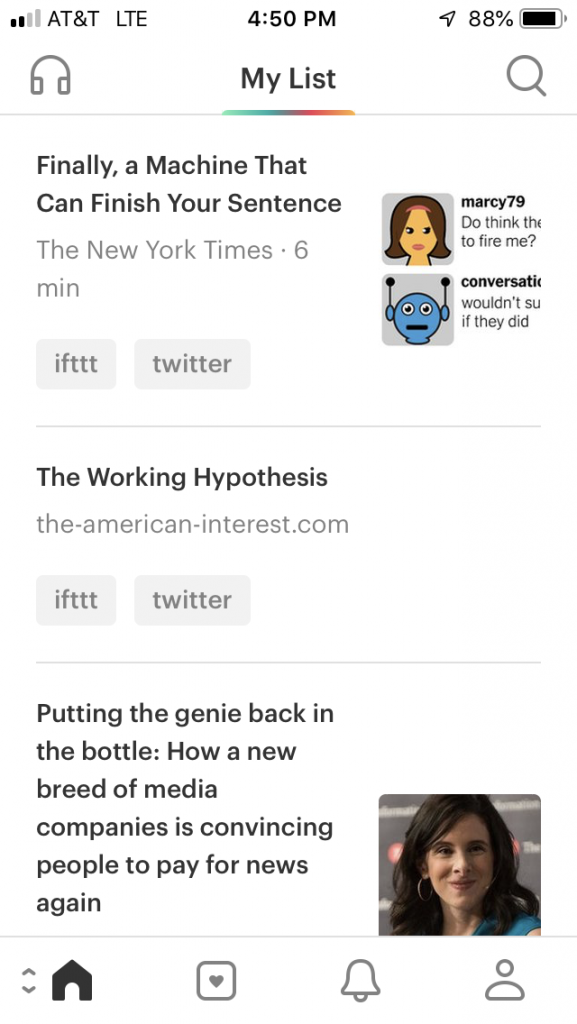November 1st was shut-down day for former market leading RSS reader Bloglines. Parent company Ask.com, which squandered this beautiful tool for syndicated content so cruelly, announced this weekend that it is extending the shut-down date for another two weeks, so people can learn how to click the Export OPML button in Bloglines and the Import OPML button in Google Reader.
I thought I’d share my story and thoughts about Bloglines here. If you’d like to do the same, I may make the most interesting ones into a post at ReadWriteWeb.
It’s tragic, really. RSS is a beautiful thing. It’s BEAUTIFUL! Bloglines was the way that millions of people first learned about RSS. They grabbed an URL, or clicked a subscribe link, and all of a sudden updates from their favorite sources were brought magically into one central place to scroll through. No remembering to check on pages that hadn’t been updated, no taking forever to navigate around the web – just subscribe and read a personalized river of news!
Today I read RSS through at least 7 different interfaces (I lose track sometimes) but for whatever tragic reason, only so many people have stuck with reading feeds. That’s not my problem, except I’d like to see a thriving feed ecosystem support new types of innovation. And I think it’s a big loss for the human experience: to subscribe to a long tail of personalized, self and niche published content, easily as can be, that’s an experience I believe everyone ought to be able to have in their lives.
I can’t remember the first time I used Bloglines. I remember the first time I used MyYahoo to read feeds, though. I was at my work study job at the Government Documents desk of the U of O Knight Library, and I heard a rumor somewhere online about this thing called RSS. I set up a MyYahoo page and felt almost overwhelmed with excitement thinking about all the possibilities. The ability to publish and subscribe to syndicated web content is all about potential. You pick a good source, and there’s more coming your way from it in the future.
After just a couple days I think, I looked around and tried out Newsgator Online (now dead as well). Then NetNewsWire on the desktop (still alive) and today I use a wide variety of services to get my news and do my job. I used Bloglines, and taught other people how to use Bloglines, intermittently. It wasn’t my favorite, but it was the favorite of more people than anything else – until Google Reader came along.
Google Reader is ok. It’s not that great. The fact that the only RSS reader in the world that many people know about anymore doesn’t let you subscribe to RSS feeds that are password protected, and no one much cares about that, is a sign that RSS never got the love it deserved.
I remember those first days of reading feeds though – they were incredibly exhilarating. The ability to zip down a stream of updates from my favorite sources, as fast as my eyes and brain could handle, until something caught my interest and I stopped to read, was incredible. It never ended! It was a never-ending flow personalized goodness. I certainly didn’t feel guilty for having unread items! I was thrilled and thankful for everything I did get to read! I’ve never understood that feeling of guilt over unread items, and I’m not a guy incapable of understanding feelings of guilt.
RSS has been my bread and butter for the last several years now. It pays my bills and it is a metaphor for life. I love it. And the fact that the very user-friendly Bloglines is dying, that it won’t bring that joy, personal growth, career opportunity and intellectual fulfillment to other people – that’s just tragic.
Those are my thoughts about the demise of Bloglines. What are yours? Please share them in comments below, maybe I’ll turn them into a ReadWriteWeb blog post.


